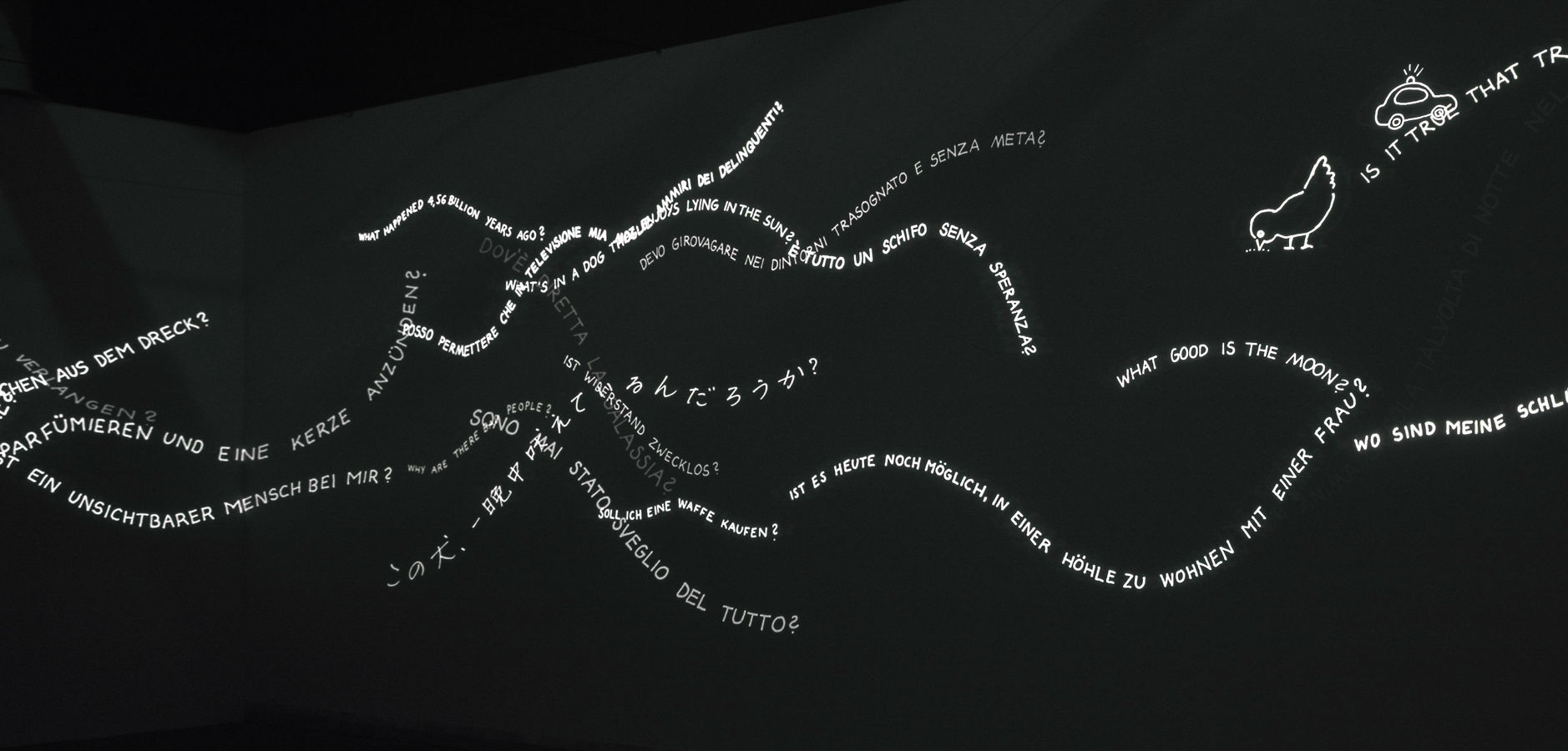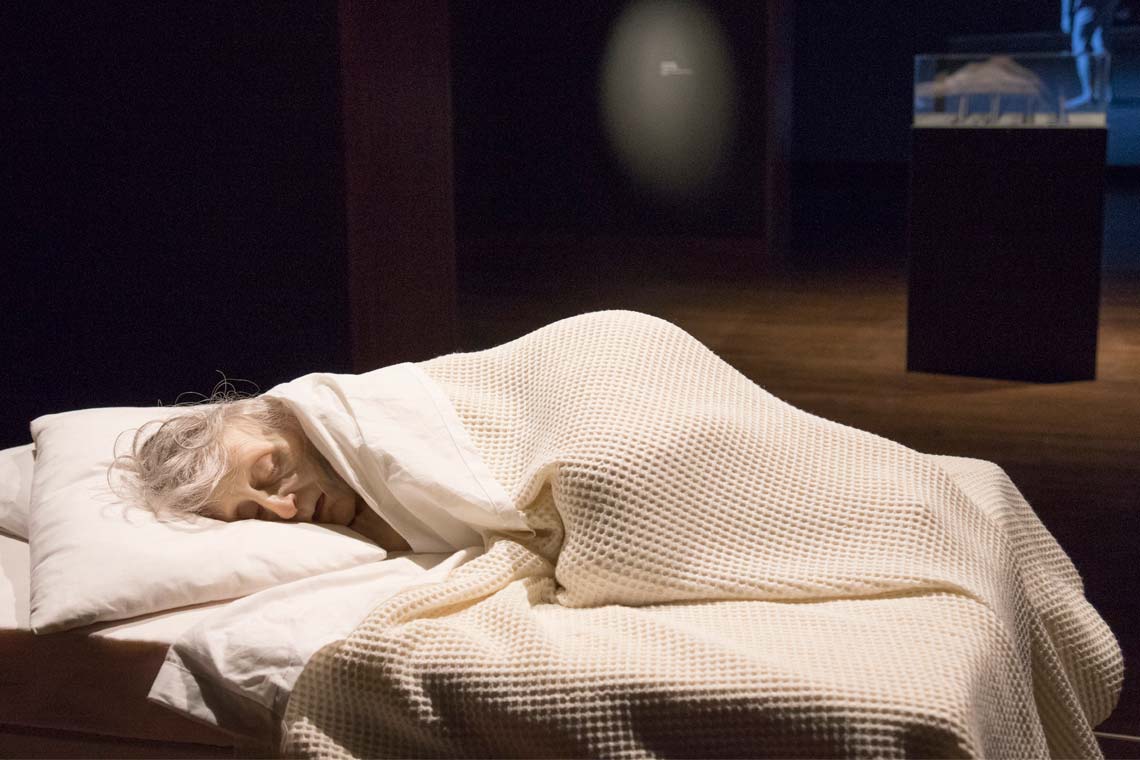Figures of Sleep

If there is one thing us students can agree on, it’s that sleep is awesome. What could be more rewarding than slipping into bed after a long day at Robarts and taking a trip to dreamland? If you’re a somewhat-pretentious 20-something like me, then the answer is of course examining the social-political, economic, aesthetic, and technological implications of sleep in our late capitalistic society. And if, like me, you think that sounds cool, then you’re in luck, because Figures of Sleep, the newest international exhibition from January 17th to March 3rd, does that and more.
Curated by Sarah Robayo Sheridan, Figures of Sleep is both thoughtful and deeply personal, critical yet vulnerable. It features a host of artworks, located primarily in the University of Toronto Art Centre, with some of the artwork in the Justina M. Barnicke Gallery. Figures of Sleep examines sleep in stimulating new ways. Whether it be On Kawara’s I Got Up, which represents sleep through time-stamped postcards, or Tehching Hsieh’s Outdoor Piece, which shows what spending a year on the “cold streets of Manhattan” is like, sleep-enthusiasts will never look at their nightly routines the same way again.

Figures of Sleep brings out different affections pertaining to sleep that you never thought you could have: pieces like Hassan Khan’s Re/lapse, a multiscreen inspection of how people in different classes sleep and wake, barrages you with sound, image, and text to reveal the political dimension of sleep you never dreamed of dreaming of. Meanwhile, Ron Mueck’s Old Women in Bed is a sculpture so unsettlingly realistic with its silicon wrinkles and reclining-shape of impeding death that it makes you feel like a voyeur observing parts of the sculpture’s personal life that shouldn’t be seen.
The stand-out exhibit for me was Peter Fischli and David Weiss’ Question Projections. With phrases in German, Italian, Japanese, and English that are shaped like strands of thought floating around in the dark of our bedrooms, Fischli and Weiss replicate the full imaginative and existential spectrum of that voice in our heads that won’t stop thinking despite the class we have in the morning. Everything from midnight multiplication (“42 x 87”) to social anxious self-reflection (“Did I say something wrong yesterday?”) to grand statements on the universe (“Is everything a hopeless, shitty, mess?”) is here, and, like the entire Figures of Sleep, pushes you to confront the nuanced complexities of sleeping. If I can say one thing about Figures of Sleep, it’s this: nothing has made me more eager to go to bed tonight.
